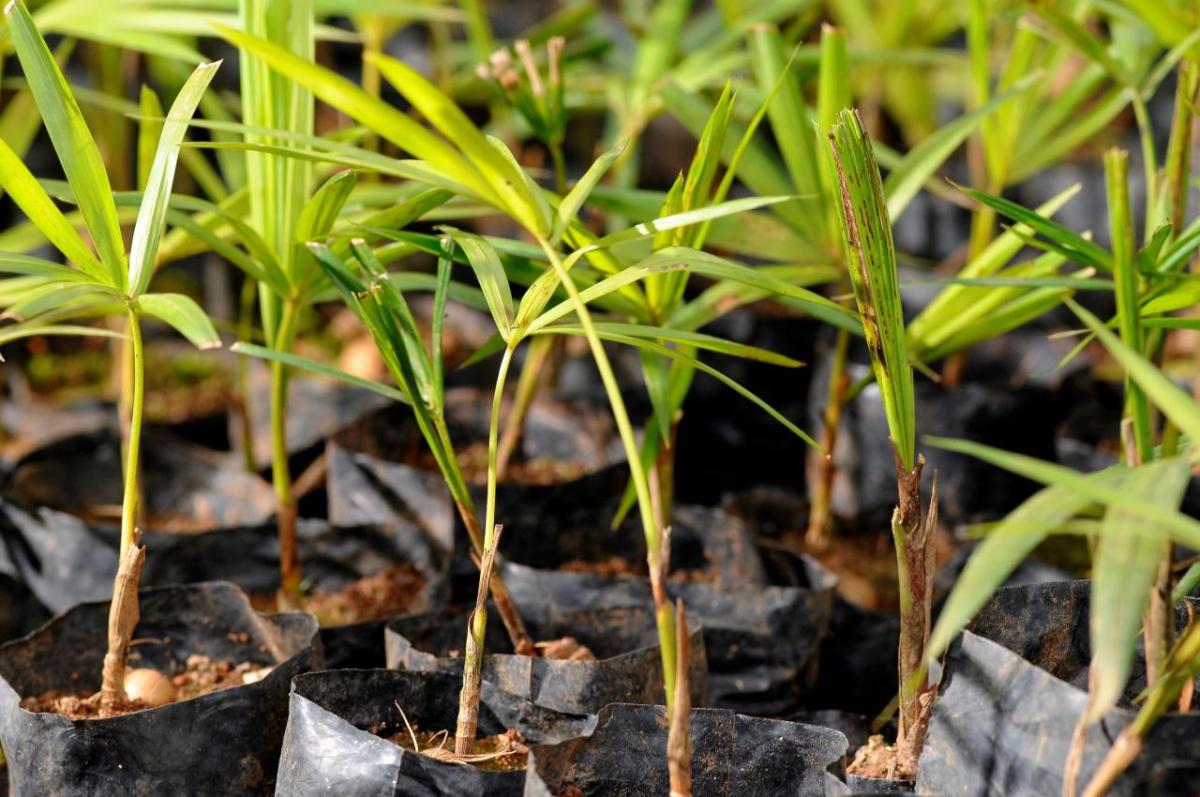Thanking Our Forest Mothers
The Role of Mother Trees in Restoring the Atlantic Forest
This time of year we celebrate mothers and all caregivers who take on the critical role of protector and nurturer. Mother figures are strong; they are resilient; and they create the conditions that allow others to grow and thrive. But this doesn’t just apply to people—mothers are just as important to forests. Every forest has “mother trees”: certain species of fully-grown, reproductive trees that allow forests to establish themselves, adapt to adversities and develop for the long-term.
In the Atlantic Forest of Brazil, the juçara palm tree plays that caregiver role. These trees are resilient and healthy and less impacted by pests and disease. They grow taller and faster than other species and establish the canopy that protects more sensitive trees from the hot sun or pelting rain. They produce plentiful, genetically robust seeds that have a better chance of surviving once planted. The seeds are also a critical food source for threatened wildlife species.
Unfortunately, after centuries of deforestation—only around 12% of the original Atlantic Forest exists in Brazil—and over-harvesting for their palm hearts, juçara palm mother trees are getting harder and harder to find. If we want to save the Atlantic Forest, a critical source of water for more than 145 million people (60% of Brazil’s population) and home to wildlife species like jaguars, sloths, and toucans, we can’t lose these mother trees.
That’s why HP and World Wildlife Fund are working in collaboration with our local, on-the-ground partners, like REGUA, to reseed native juçara palm mother trees through a comprehensive forest landscape restoration effort that will help the forests and all of its diverse species thrive in the long-term. Together, we’re developing a data bank of mother trees so that we can keep a record of their location and progress. The team in Brazil then goes to physically collect their seeds, nurtures the seedlings, and plants them in restoration areas.
With HP’s support, since 2019, the local teams in the Atlantic Forest have planted more than 390,735 seedlings of 220 different species of plants, including the juçara palm. These mother trees will help provide protection for the other species, allowing our restoration areas to transform from planted saplings into thriving forests. And that also means more mother trees to provide seeds for the next generation of forest restoration.





